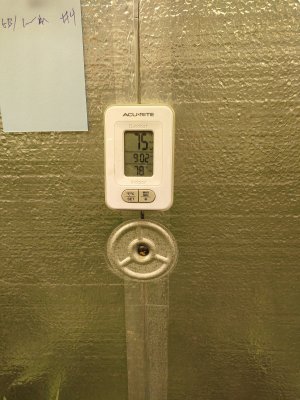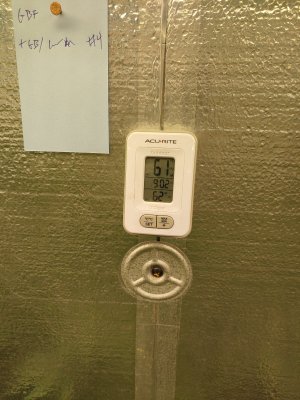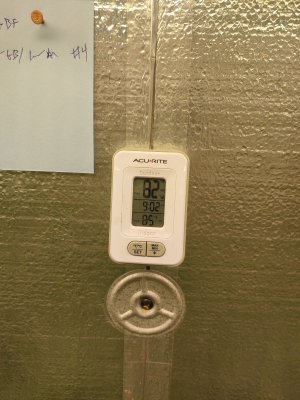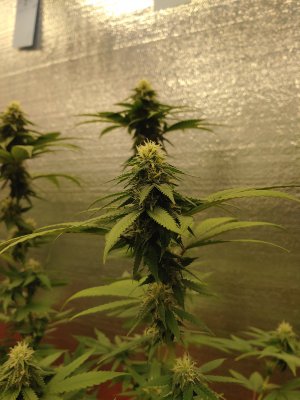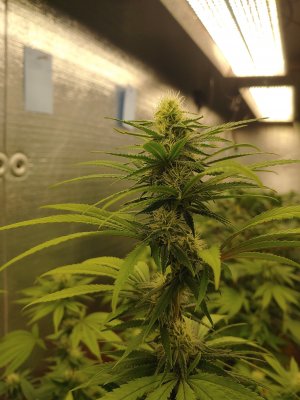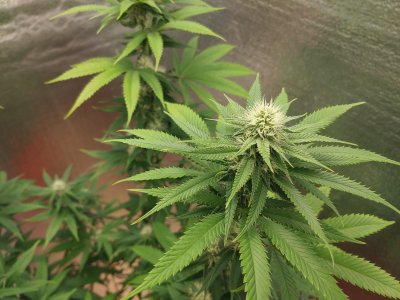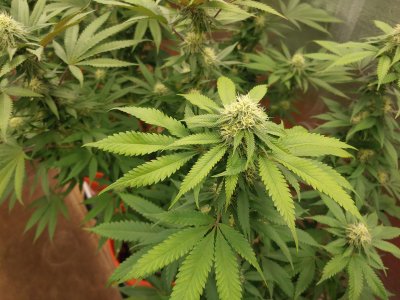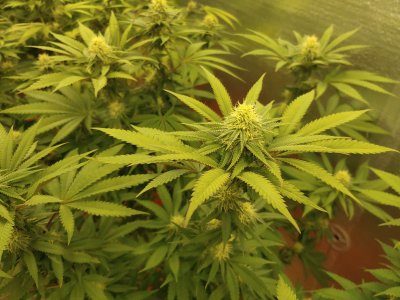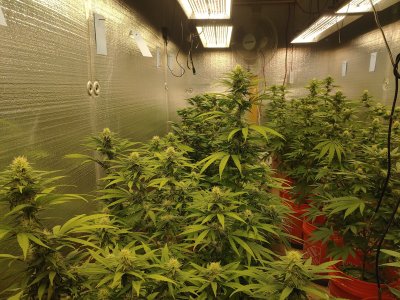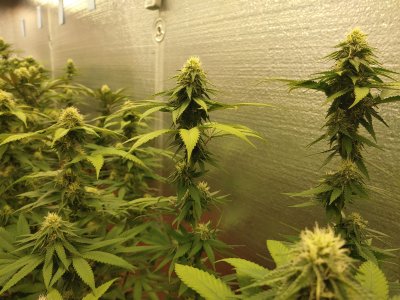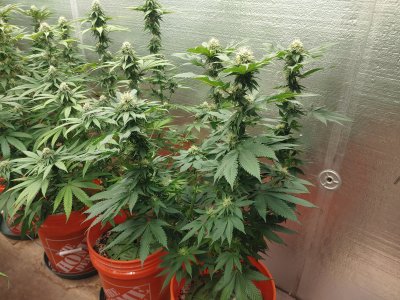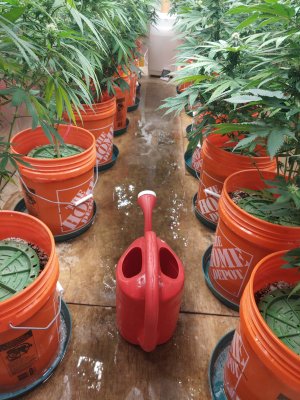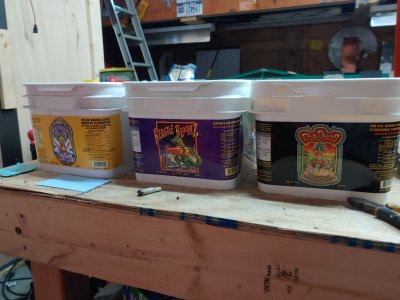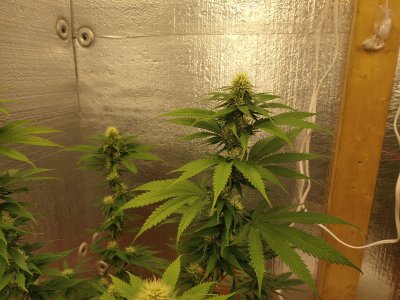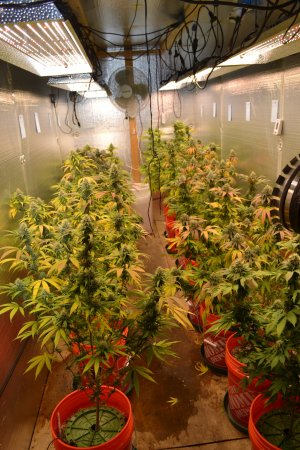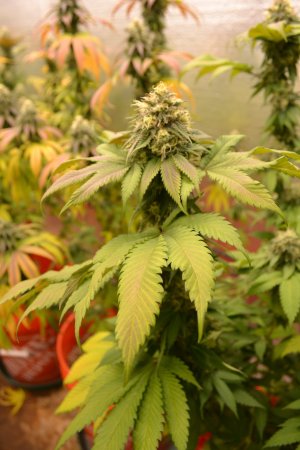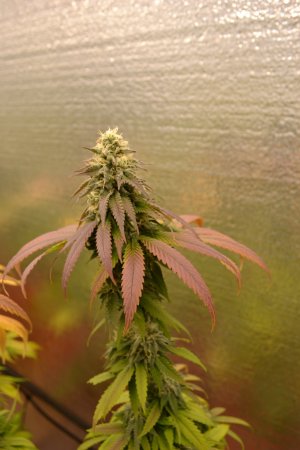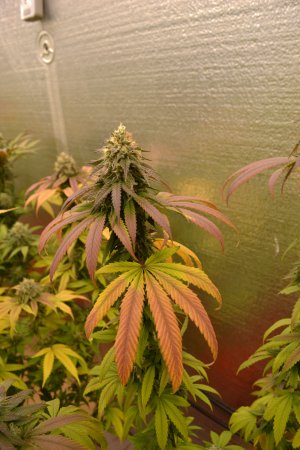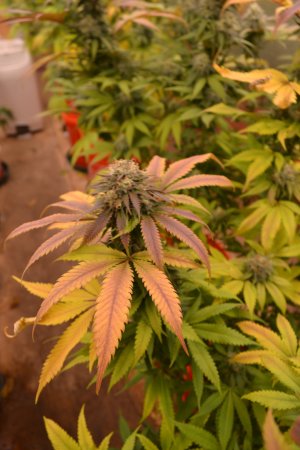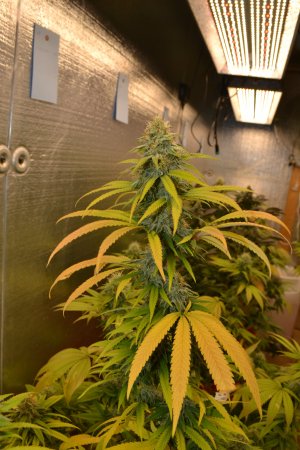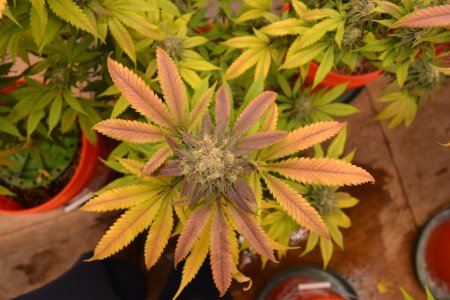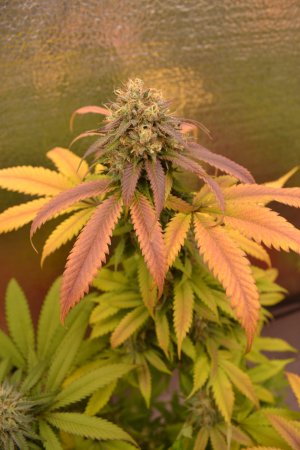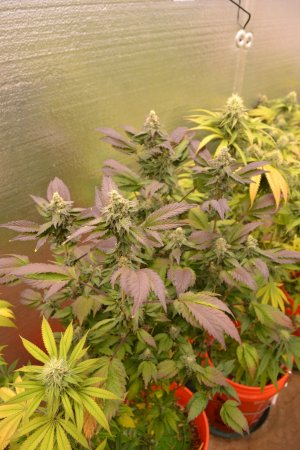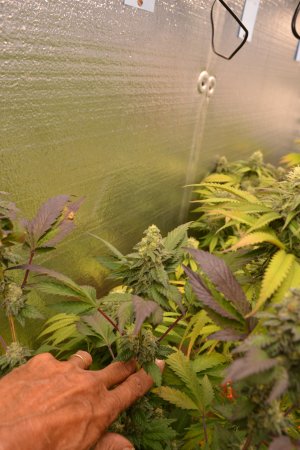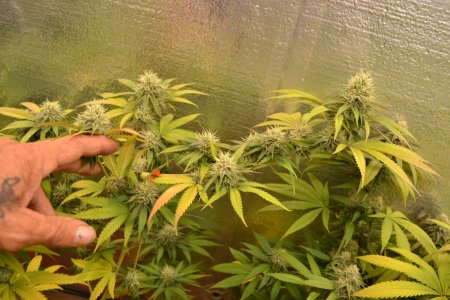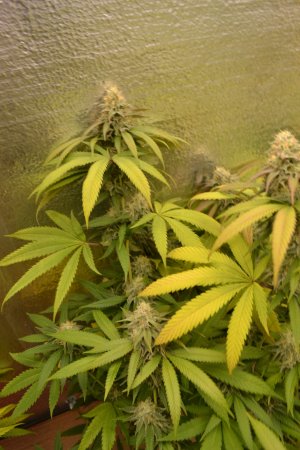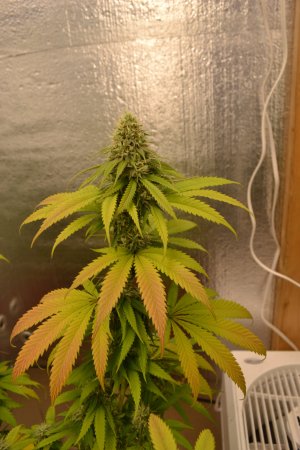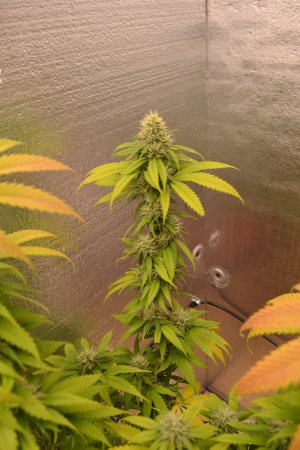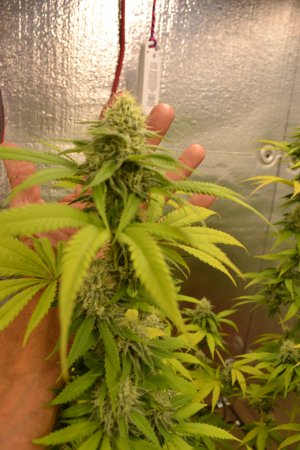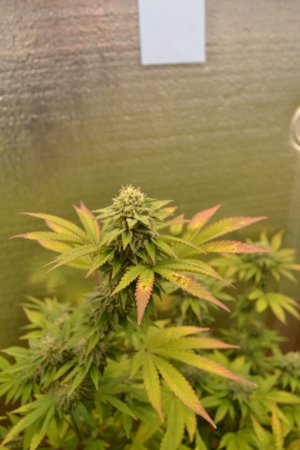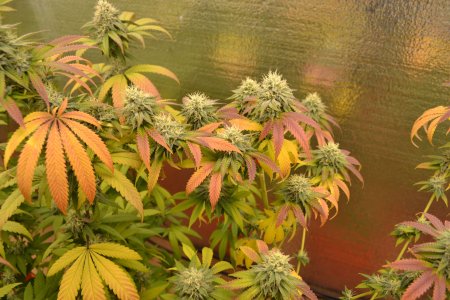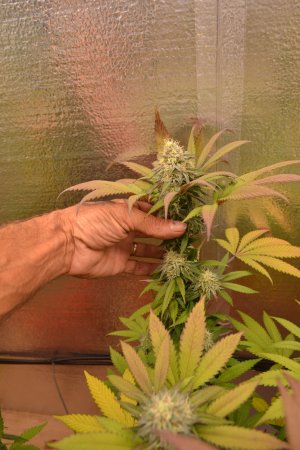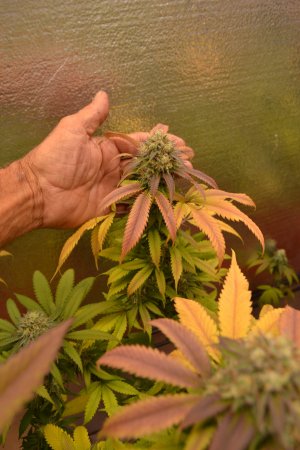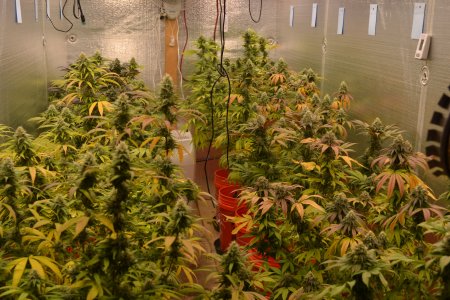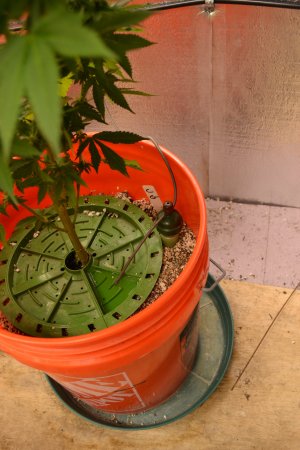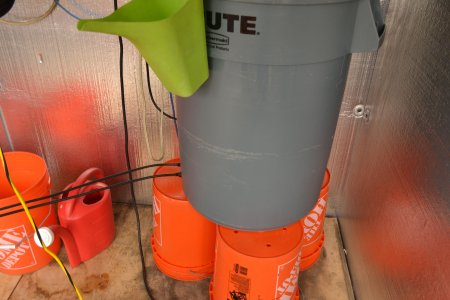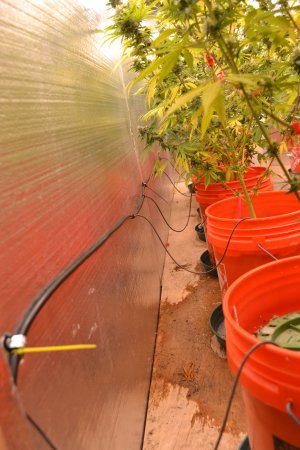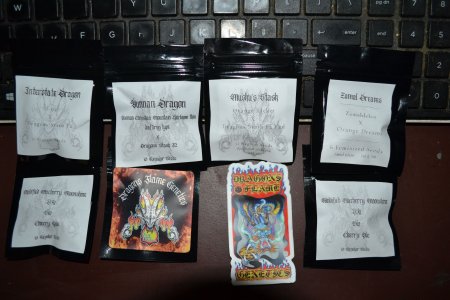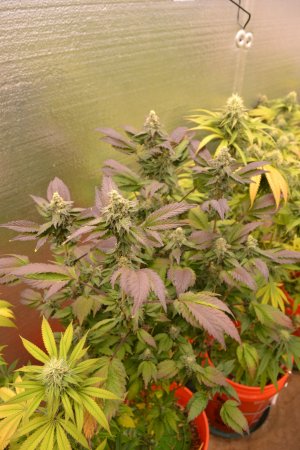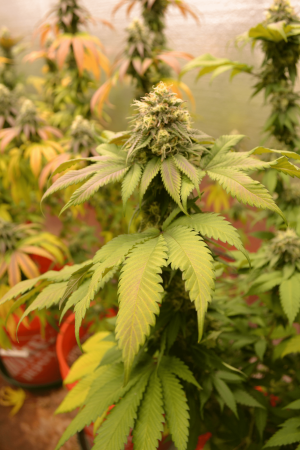- Joined
- Apr 15, 2023
- Messages
- 2,272
- Reaction score
- 11,460
Yep.lights off through the day and on of a night you can control the room better.it’s marvellous how many ways we can manipulate these girls in a controlled environment..I’ve never tried through veg only in flower to stop them stretching…seems to have worked very well for you steamroller.I thank @Dirtbag for bringing it up over the other place .I thought straight away..wow really…this could give me some much needed height back...This where I got the daytime/nightime temp control idea from.
[/HEADING][/HEADING]
[HEADING=3][HEADING=3]Mad MaxThe Legend
JoinedApr 15, 2023Messages633Reaction score3,617Points93
In horticulture, the day/night differential (DIF) refers to the difference between the highest daytime temperature versus the lowest nighttime temperature. Studies have shown that a fluctuation in day/night temperatures actually promotes greater growth than maintaining a steady, concise temperature during the day and night.
Plant stem length, known as internodal elongation, reacts to the day/night differential. A stem’s length is dictated by its cell’s internode length and number. To control a plant’s height, a grower must control how long the stem’s internodes grow and how many individual nodes are produced by the plant. This can be done by utilizing the day/night differential.
The greater the difference between the day and night temperatures, the more elongated the plant’s cells become, and some plants also produce more nodes when the temperature fluctuates dramatically. The number of elongated nodes in the stems make the plant taller. Cooler temperatures during the day and hotter temperatures at night have the reverse effect on the plant's growth
Plants will respond rapidly to the day/night differential. Growth rates often escalate in as little as 24 hours after the temperature change. Large swings in the DIF produces rapid stem growth, but dramatic temperature changes also increase the humidity in the greenhouse or grow room. Nighttime humidity increases can cause mold or stunted growth in plants, so if a grower utilizes DIF to spur plant growth, then humidity levels must be controlled and maintained.
Growers often try to create a negative DIF to produce a bushy, short, compact plant. Managing a cooler daytime temperature and a warmer nighttime temperature is often a daunting task, especially in a greenhouse when the sunlight naturally increases the temperature.
Growers often have to use air conditioners and other cooling devices during the day if they seek a negative DIF. Generally, growers try to maintain only a 5 degree DIF to produce acceptable growth that also exhibits tight node growth and optimum branching.
Many plants have also been shown to produce greater color contrasts when exposed to DIF. However, various plants, cultivars, and strains all react differently to the day/night differential
Big thanks to @Mad Max for the idea.
Sure seemed to keep my spacing nice and tight.
This was much easier to do growing at night and having lights off during the day and letting the Air Conditioner have total control over the room.
plants look really nice Steam


